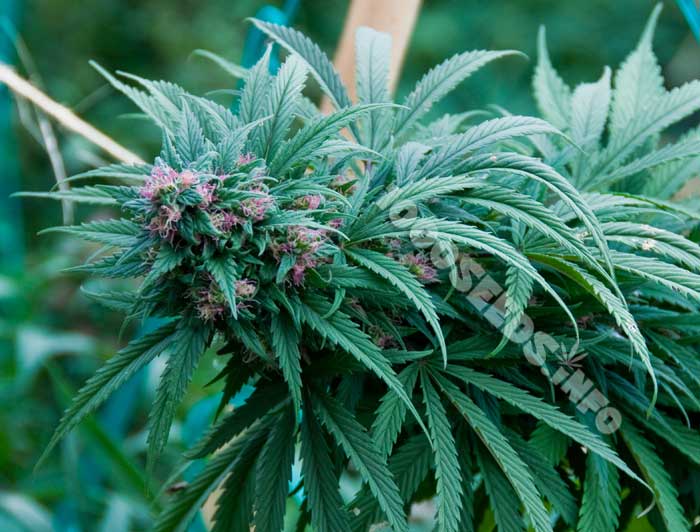Cannabis is believed to have originated in Central Asia and spread to all corners of the world over centuries. This was possible because it can adapt to new environments, disperse its genetics and change its characteristics. Taking advantage of this, growers today have thousands of cannabis strains worldwide, each with its own distinctive genetics.
Cannabis spread naturally from Central Asia to the Middle East. Some of these gene pools stabilised themselves through inbreeding, creating what we call original landraces. Landraces are generally strains that have never been systematically bred and instead share the same characteristics after years of isolation and inbreeding.
When landraces evolve there is no sudden influence of other genetics through hybridisation. Therefore, these strains can take on the traits that are best for their environment. This does not necessarily mean that these varieties are better than hybridised varieties, but their characteristics are unique.
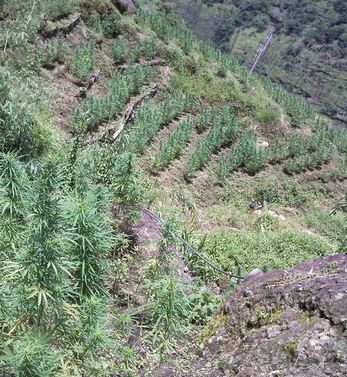 Through the "Hippie Trail", a popular travel route in the 60s and 70s of the last century from Turkey to India, strains from Lebanon, Kashmir, Afghanistan, Pakistan or Manali came to the West. Growers crossed them with each other, so that most of the countless varieties of our time have their origin in a few landraces from India and Asia. Globalisation and technical conditions have now led to a sheer flood of new hybrids. Mostly, varieties are selected and crossed with each other in such a way that special characteristics are particularly pronounced. An example of this are the CBD-rich strains that are bred specifically for medicinal use.
Through the "Hippie Trail", a popular travel route in the 60s and 70s of the last century from Turkey to India, strains from Lebanon, Kashmir, Afghanistan, Pakistan or Manali came to the West. Growers crossed them with each other, so that most of the countless varieties of our time have their origin in a few landraces from India and Asia. Globalisation and technical conditions have now led to a sheer flood of new hybrids. Mostly, varieties are selected and crossed with each other in such a way that special characteristics are particularly pronounced. An example of this are the CBD-rich strains that are bred specifically for medicinal use.
True original landraces are becoming rarer and rarer, as hybridised varieties are now grown by hemp farmers all over the world. The reasons for this are far-reaching. On the one hand, specially bred hybrids often ripen faster, several harvests per year can be achieved and the yields are usually larger. On the other hand, many new breeds are more inconspicuous for helicopters due to their stockier growth than 5m tall original sativas from Thailand. Many old landraces have therefore died out in the meantime. Some growers have taken it upon themselves to save old landraces, but this is a difficult task as landraces only really exist in their original environment. For example, if you take an original landrace from Afghanistan and grow it in Europe, it will lose some of its characteristic features. The plant is forced to adapt to its new environment, thus growing differently and with different characteristics than in Afghanistan. This simply creates a phenotype of the original landrace, but one that would never be found in this way in the region of origin.
Some particularly well-known landraces
Thai Sativa: Landrace from Thailand that was very popular in the 1960s and has been crossed into many hybrids since then. Thai Sativas start to tweak easily outside their original region of origin. Their high is very invigorating and psychedelic.
Panama Red:She is another famous Sativa landrace whose genes are present in many strains of today. It is a very psychedelic strain with a mild, pleasant aroma. However, it yields relatively low yields.
Durban Poison: Originating from the Durban region of South Africa, this landrace is very potent with an invigorating high. The aroma of Durban Poison is very intense and fruity.
Punto Rojo: It is also an original landrace and comes from a region in Colombia. It has a very broad repertoire of terpenes and a very fresh mango aroma.
Afghani Indica: Next to the many Sativa landraces, it is the most important landrace for cannabis breeding today. There are several phenotypes that count as one landrace because of their common aroma, taste and other characteristics. Because of its short flowering time and stocky growth, it is often crossed into sativas to make them attractive for commercial cultivation. The effect of Afghani Indica is very physical and relaxing, the typical "stoned".
These are only some of the most important original landraces. Wherever cannabis can grow freely without selective breeding, a landrace can emerge. It is important that we work to preserve these unique strains and their pure genetics.
Some seed banks offer original landraces that have since adapted to growroom cultivation:
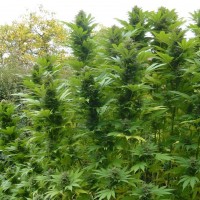 Durban Poison by Dutch Passion
Durban Poison by Dutch Passion
Originating from South Africa, this strain has been further optimised in Holland. It is pure, never hybridised and 100% sativa. Durban Poison produces large, long buds with plenty of resin.
- 9-10 weeks flowering time
- 700 g per plant
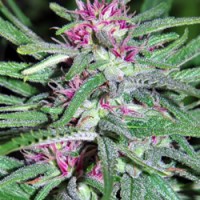 Panama from Cannabiogen
Panama from Cannabiogen
Many plants show reddish and pinkish threads and shades during flowering. The effect is sativa-like, stimulating, psychedelic, while its taste is floral and at the same time tart.
- 11-12 weeks flowering time
- 400 g per plant
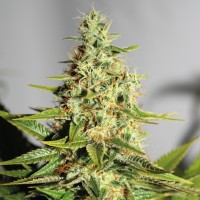 Acapulco Gold from Barney's Farm
Acapulco Gold from Barney's Farm
She is a sativa and accordingly brings a long-lasting, extremely potent, euphoric high that is also physically relaxing. Yields averaging 500g per m² make her the consummate dream plant that will captivate any grower.
- 11-12 weeks flowering time
- 800 g per plant
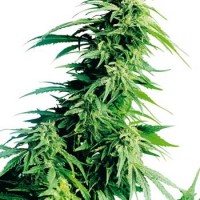 Hindukush by Sensi Seeds
Hindukush by Sensi Seeds
Hindu Kush by Sensi Seeds is a pure Indica from the Hindu Kush mountains. That's where she got her name from. The Hindu Kush region has always been a hub of pure Indica strains and Afghanica genotypes.
- 45-52 days flowering time
- 250g per plant






